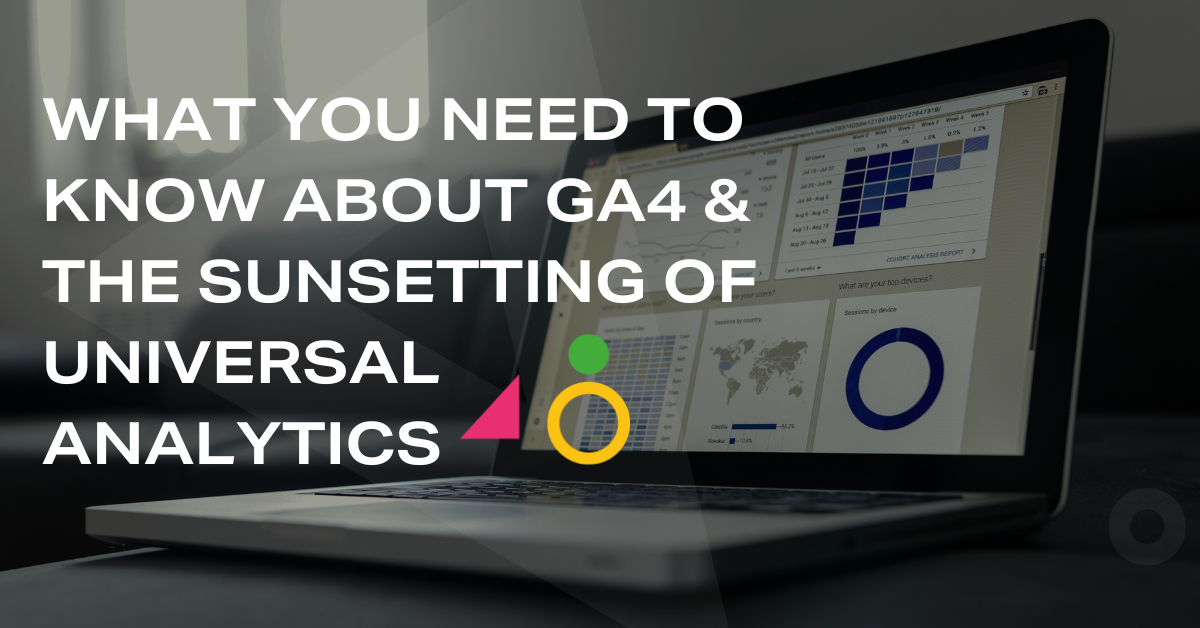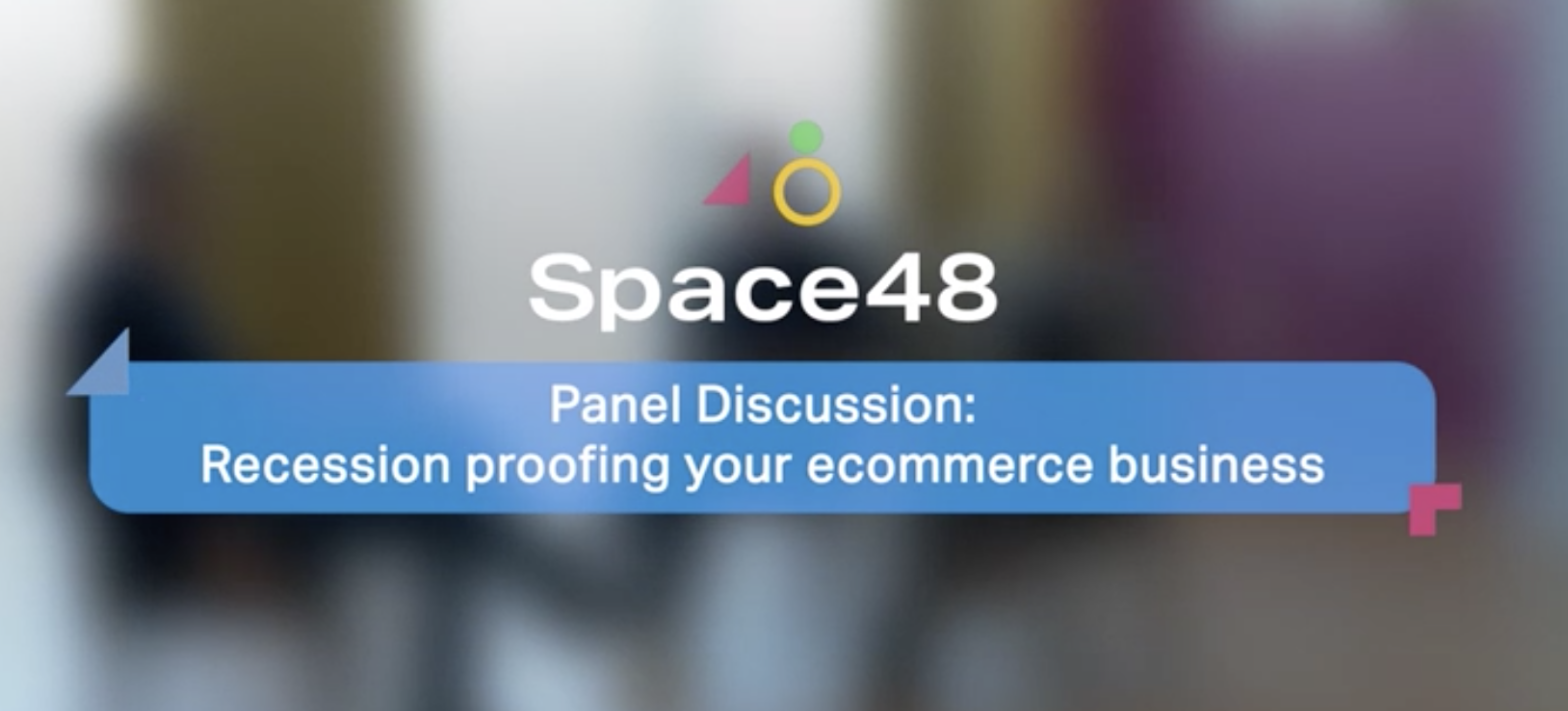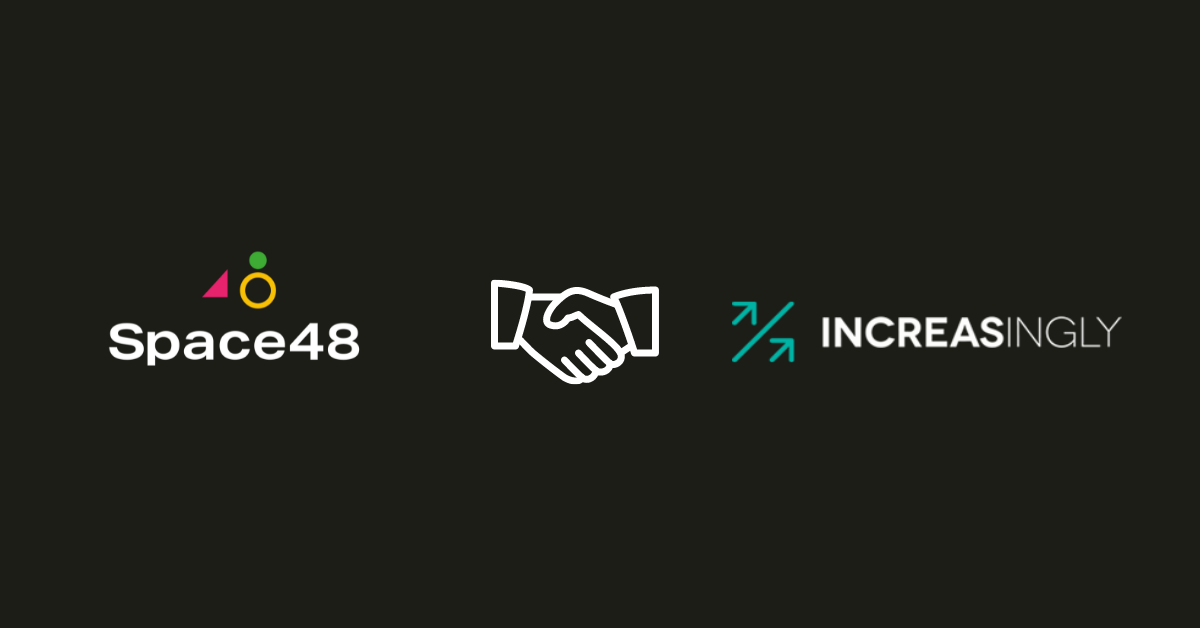
B2B ecommerce update
After recently attending Magento Imagine in Las Vegas, it became very clear that B2B will be a clear focus for Magento in the coming months. There are already many B2B retailers successfully trading on the platform but it is clear to see that many still see eCommerce as a dirty word, and investment in delivering a great experience on their ecommerce platform is frequently de-prioritised – but should this be the case?
While the presentations I attended were largely based on the US market, some interesting stats emerged which should spur any stakeholder in a B2B business to consider what the future holds for transacting with their customers.
In a presentation by Brendan Falkowski entitled ‘Designing the B2B experience’, it was interesting to hear that while there will be $6.7 trillion B2B sales through ecommerce, only 33% of B2B sites support mobile devices. 56% of B2B buyers prefer to transact online while 74% prefer to research online. My take from various B2B presentations I have seen lately is that as B2B retailers, I would encourage you to look at who the people are that are actually transacting with you. What is the average age of the individual placing the order? Are they based in an office or perhaps a shop or warehouse? Ultimately they will be looking for the experience which makes it as quick and painless to transact as possible.
Over the next 5-10 years, 18-24 year olds are likely to be the buyers that you will engage with the most. They are the age group most likely to complete mobile transactions and are increasingly expectant that their shopping experience is personalised to them. So at the risk of sounding like a broken record, we need to start thinking about this now. They will not differentiate their expectations for consumer purchases from business so when architecting a new solution, we should keep this functionality front of mind:
- Should we employ intelligent personalisation tools to improve the quality of any cross and up-sell?
- Should the wish lists be re-purposed for repeat orders / cater for one-off requirements?
- Can we make it easier for customers to duplicate, manage and edit multiple wish lists?
- Should we deliver ‘quick order’ functionality?
- Will the search be up to the expectations of our B2B customer or do we need to look at a more evolved solution such as SLI Systems?
- Should we consider some form of ‘Parts Finder’ functionality, enabling customers to find equipment by model etc.
Ultimately your customers are likely to be extremely time conscious. They do not want to seek alternative suppliers as this will take time to research, not to mention burn time getting set up and familiar with new systems and nuances. If you can offer a great experience for your customer whilst remaining relatively competitive, you will be able to generate a loyal customer base. Architect the right solution now and the future could look very bright.
Other useful thoughts:
Make onboarding as easy as possible and encourage customers to register. One of the biggest barriers in migrating customers to the website is the effort involved in setting their account up, allegedly 44% of B2B buyers believe that onboarding is too complex. Perhaps think about whether you can get your sales team to set them up so there is minimum effort involved for the end user? Or offer additional discount or rewards as an incentive?
Avoid delays between registering and activation – If you make them go through the pain of registering and then make them wait until their account has been approved to use the site, you are likely to lose them. Perhaps consider disabling the ability to transact but allowing them to see the pricing.
Get your physical sales reps bought in early in the process. Make the transition to online work for them too and perhaps they will help customers to make the transition, setting up their accounts and pre-populating any shopping lists. Perhaps you can offer live chat with your sales reps?
Consider loyalty programs with the functionality to back this up. If a customer needs to hit X in sales to move to a new discount tier, then are you flagging that they are close to the checkout?
If you have a field sales force, will they benefit from using an ecommerce platform to process orders? This may offer significant improvement in efficiency whilst help generate new business leads.





